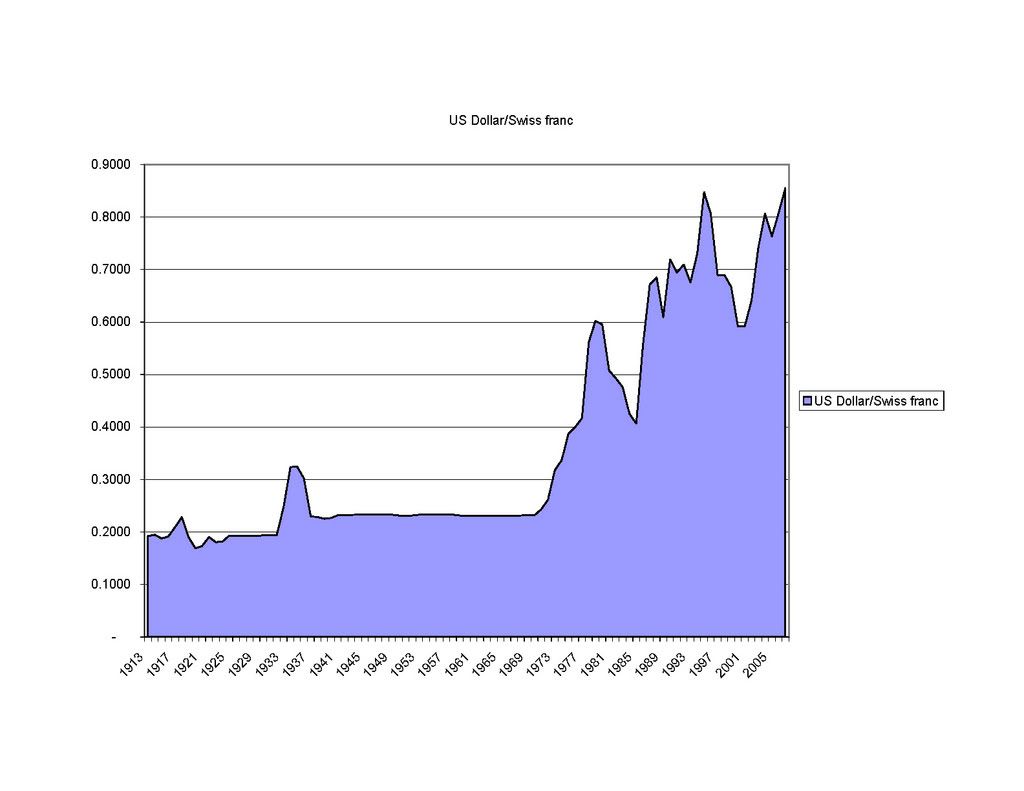| Informational Websites | ChronoMaddox -- the legacy of Chuck Maddox | OnTheDash -- vintage Heuer website | Zowie -- Omega information |
| Discussion Forums | ChronoMaddox Forum | Heuer Forum | Omega Forum |
| Counterfeit Watchers | ChronoTools Forum | ChronoTrader Forum |
|
|
The largest independent, non-commercial, consumer-oriented resource on the Internet for owners, collectors and enthusiasts of fine wristwatches. Online since 1998. | |||||||
|
||||||||
|
||||||||

Feel free to discuss pricing and specific dealers. But 'for sale' postings, commercial solicitation and ads are not allowed. Full archive of all messages is accessible through options in the Search and Preferences features. Privacy, policies and administrivia are covered in the Terms of Use.
| For the answer to the NUMBER #1 most frequently asked question here--for details or value of a specific older Omega watch you have--go to: Tell Me About My Omega. | Learn more about How To Include Photos and HTML In Your Postings. | To contact someone with a question not relevant to other readers of the forum, please click on their email address and contact them privately. |

During most of the vintage period that we consider, US-Swiss exchange rates were consistent at about $0.23 from 1937 to 1970. Then the cost of a Swiss franc began to rise. There were a few dips, but the cost has consistently risen to today's $0.85 or so.
Ignoring the effect of inflation, if a Speedmaster cost $230 in 1969 (not a correct figure, but easy math CHF1,000 X $0.23USD/CHF), even if the Swiss had kept the Swiss price constant, the US price would be $850 today (CHF 1,000 X $0.85USD/CHF), an over 3.5 times increase.
Add the effect of inflation in the US, which has been about 5.58 fold increase in prices since 1969, and you see why prices seem so much higher today. Between inflation and exchange rate changes, today's Speedy should be 20 times what it was in 1969! (A purist would observe that I should probably use Swiss inflation rates. Go suck an egg.)
Incidentally, a 145.012 Speedy was CHF 465 in 1967, or about US$107. Exchange rate increases would make that about $400 today. Add inflation (about 6.24 times since 1967) and that price increases to about $2,500.
Today's Speedy price is a bit more than that (about $3,300 or so?), so you can say Omega has raised prices by about 30% in addition to the effects of inflation and exchange rates and be accurate. But, they haven't raised prices as much as it appears without considering the exchange rate factor.
I hadn't noticed that exchange rate had changed that much . . . seems the US dollar is a lot weaker than it used to be . . . and we pay a lot more for our Swiss watches as a result.
| Chronocentric and zOwie site design and contents (c) Copyright 1998-2005, Derek Ziglar; Copyright 2005-2008, Jeffrey M. Stein. All rights reserved. Use of this web site constitutes acceptance of the terms of use. | CONTACT | TERMS OF USE | TRANSLATE |